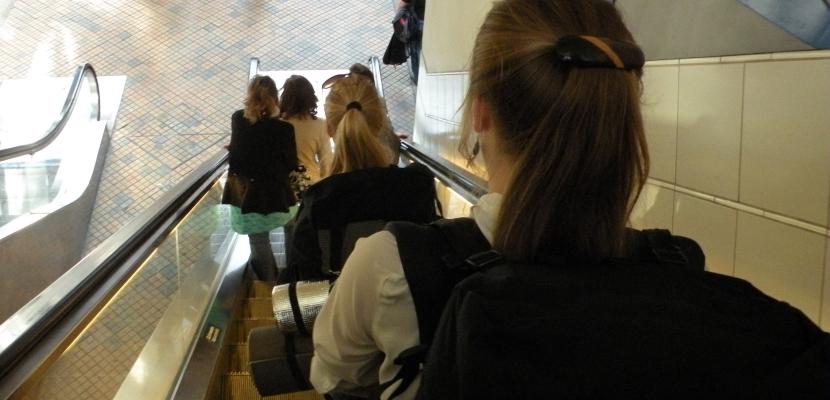
Space

About this good practice
The foundation of SPACE is the belief that art can be a powerful therapeutic tool. It is designed to use art not only as a means of self-expression but also as a method for skill training, competence building, and mastering everyday tasks. By engaging in artistic activities, participants can develop new skills, build their confidence, and gain a sense of accomplishment, all of which contribute to their overall well-being.
In addition to the therapeutic benefits of art, SPACE offers a structured environment where young people receive guidance and support in navigating the complexities of life with a psychiatric diagnosis. This holistic approach ensures that participants are not only working on their mental health but also preparing for a successful transition into adulthood, including aspects such as employment, social interactions, and education.
As previously mentioned, SPACE provides a creative environment for young individuals to express themselves and navigate the challenges of living with psychiatric diagnoses. The workshop was established based on the understanding that a creative space can help young people manage mental health issues and support their transition from psychiatric care to everyday life, including employment, social interactions, and other aspects of a typical young adult life.
The activities at SPACE are centered around four main areas: art and creativity, physical activity, skill mastery, and a focus on job and education.
Resources needed
The economic are:
Total: DKK 1,4 mio.
Lind Foundation DKK 1 mio.
Aarhus Municipality DKK 400.000
Evidence of success
The success of the initiative is measured by following four indicators:
• Engaging young people in education or job
• Reducing the number of readmissions for the psychiatry
• Increasing young people’s self esteem
• Increasing the courage of engaging in positive youth communities.
The qualitative evaluation shows that the young people of SPACE experiences a lack of feeling lonely after taking part in the creative workshop, thers express believing in a positive future, and having a good life.
Potential for learning or transfer
SPACE demonstrates significant potential for transfer to other contexts and communities. By providing a supportive environment where youngesters with mental health challenges can express themselves through art and creativity, SPACE addresses therapeutic and practical needs. The model's success in engaging participants in education and employment, reducing psychiatric readmissions, boosting self-esteem and community involvement highlights its effectiveness.
Key elements that contribute to SPACE's potential for transfer include:
• Holistic Approach: Combining art therapy with physical activities, skill mastery, and job/education focus
• Supportive Environment: Offering a safe space for self-expression and personal growth
• Measurable Outcomes: Demonstrating success through both qualitative and quantitative indicators
By adapting these principles, other communities can replicate SPACE's model to support young people in managing mental health issues and transitioning to a fulfilling life.